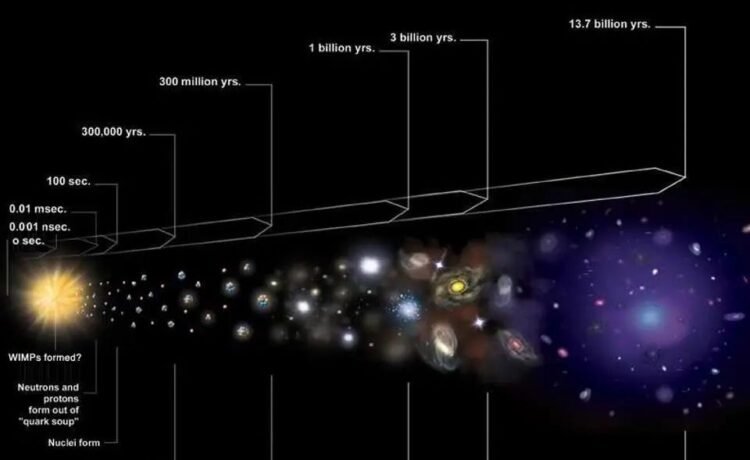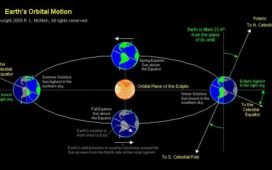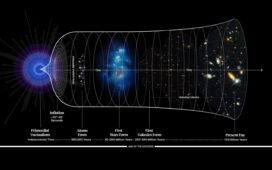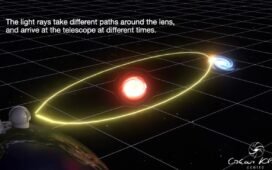Just 13.8 billion years after the hot Big Bang, we can see 46.1 billion light-years away in all directions. Doesn’t that violate…something?
There’s one immutable rule that most people know about the Universe: that there’s an ultimate speed limit that nothing can exceed. That speed is set by the laws of physics themselves, and is the speed of light in a vacuum, or 299,792,458 m/s. If you’re a massive particle, not only can’t you exceed that speed, but you’ll never reach it; you can only approach the speed of light. If you’re massless, you have no choice; you can only move at that one-and-only speed through spacetime: the speed of light if you’re in a vacuum, or some slower speed (the speed of light in that medium) if you’re in a medium. The faster your motion through space, the slower your motion through time, and vice versa. There’s no way around these facts, as they’re the fundamental principle on which all relativistically-invariant physical theories are based.
And yet, when we look out at distant objects in the Universe, they seem to defy our common-sense approach to logic. Through a series of precise observations, we’re confident that the Universe is precisely 13.8 billion years old. The most distant galaxy we’ve seen so far is…















